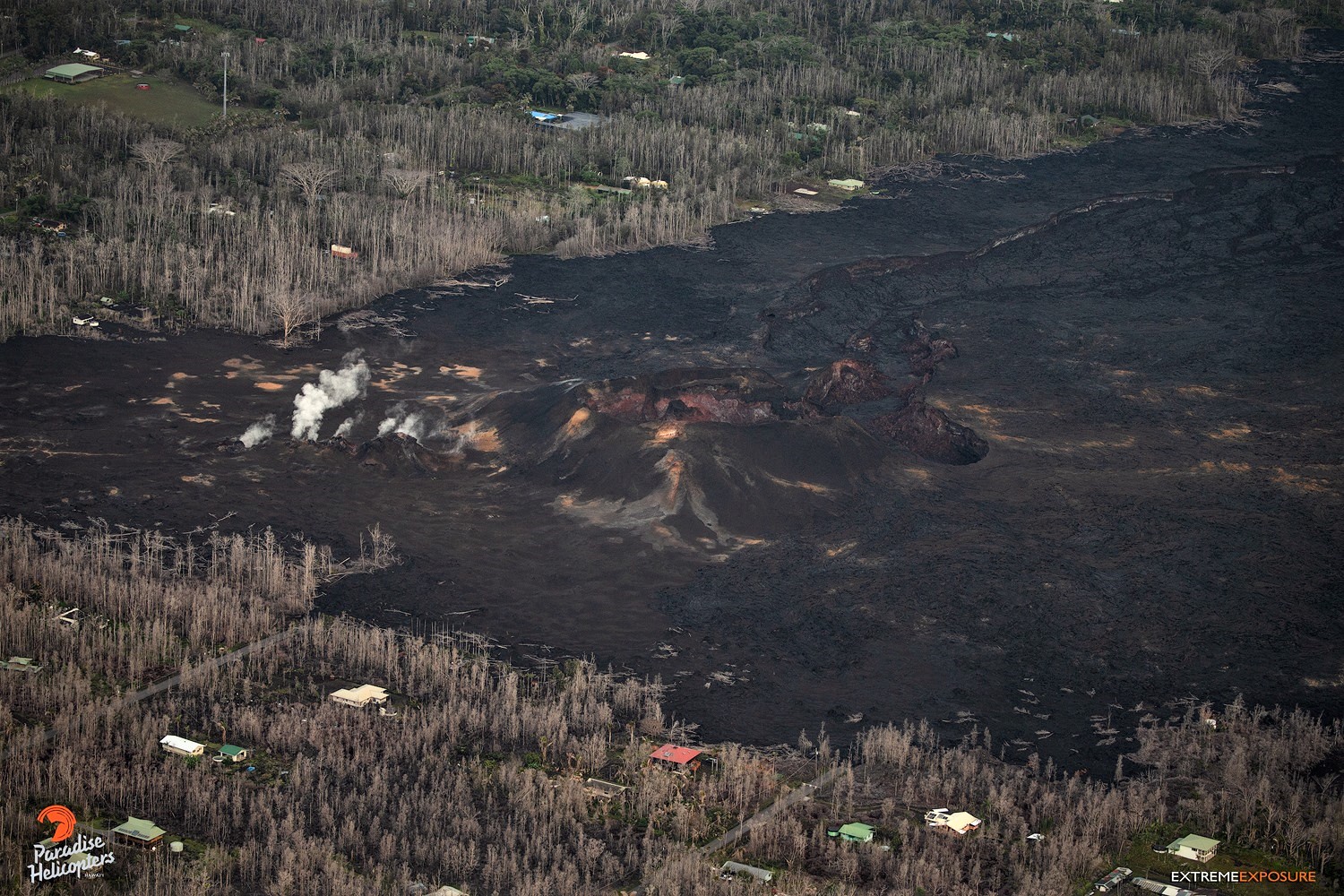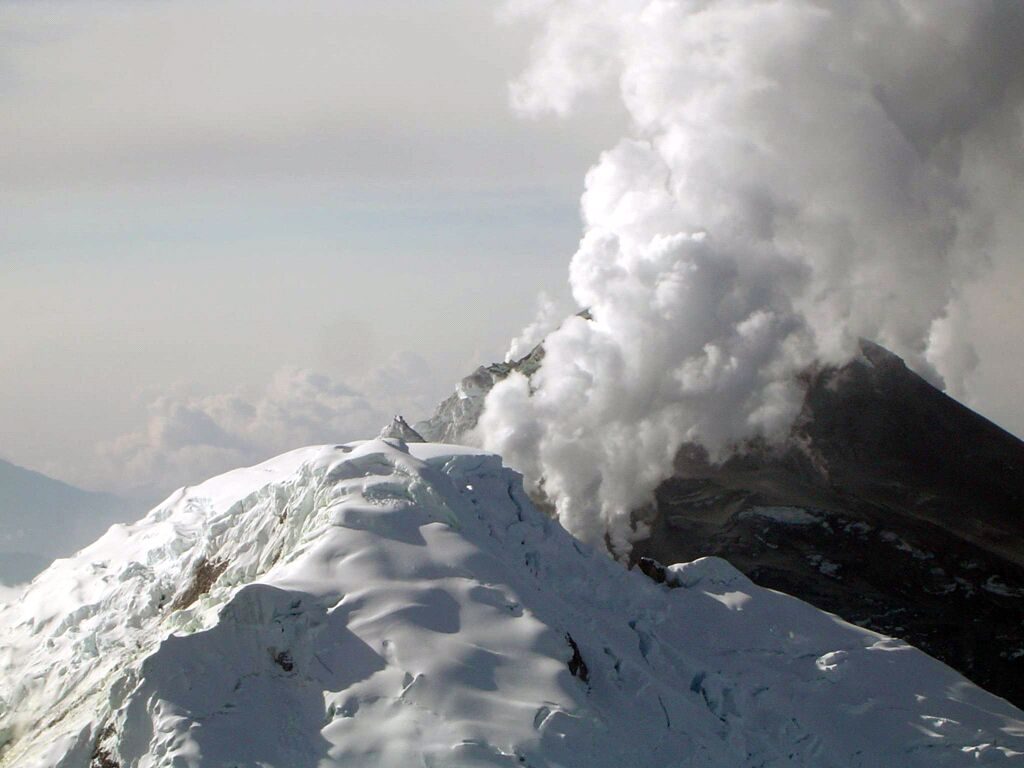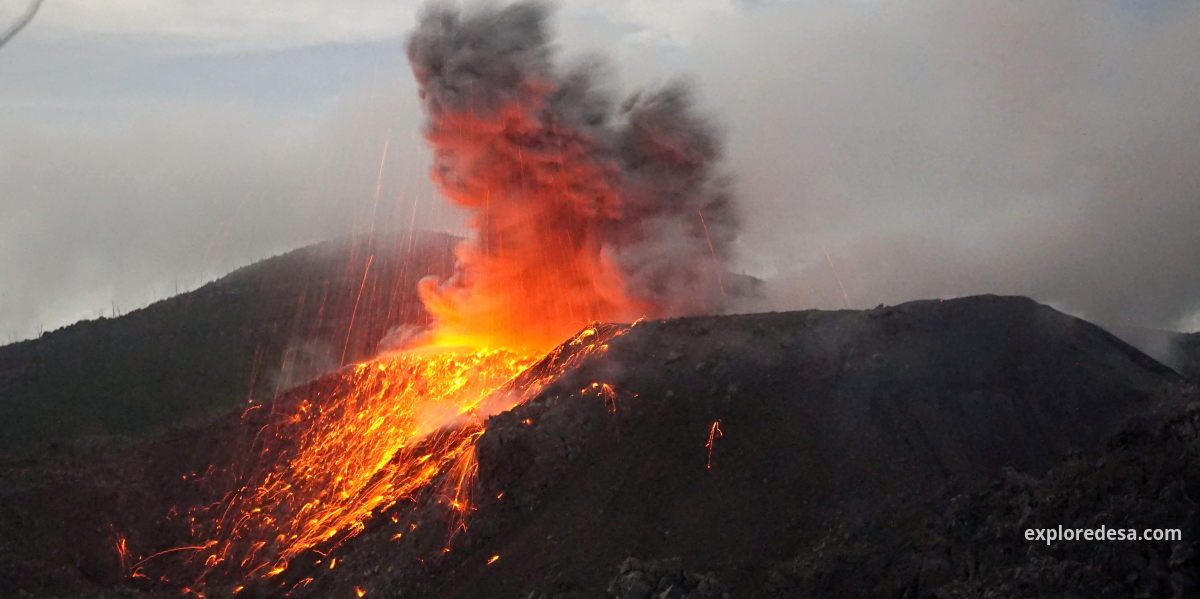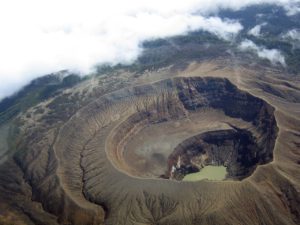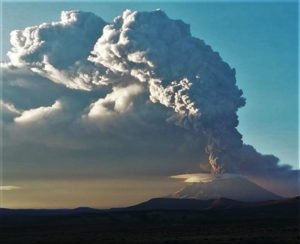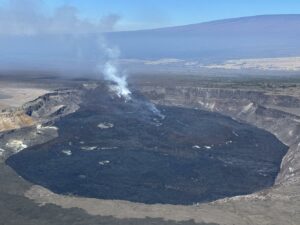February 13 , 2019.
Colombia , Nevado del Huila :
Weekly activity bulletin of the Nevado del Huila volcano.
The level of activity of the volcano continues at the level: activity level yellow or (III): changes in the behavior of volcanic activity.
According to the analysis and evaluation of the information obtained through the surveillance network of the Nevado del Huila volcano, during the week of February 5 to 11, 2019, the Colombian Geological Service – Popayán volcanological and seismological observatory indicates than:
• During the evaluated period, 2095 seismic events were recorded, 1790 were related to rock fracturing processes (type VT) and 305 were related to fluid dynamics in volcanic canals. Of these, 282 were classified as long-period type events (LP type), three hybrids (HB type) and 20 low-energy tremor pulses (TR type).
• Since the 5.5 magnitude event from January 26th to the date of publication of this bulletin, about 15637 earthquakes have been recorded, most of them with a low energy contribution, recorded only by instruments located in the area of influence of the earthquake. volcano It should also be noted that the average occurrence of these events decreased daily during this period
• The source of this seismicity is located northeast of the Nevado del Huila volcano, at distances between 10 and 20 km and depths between 5 and 15 km, compared to the altitude of 4530 meters.
• The images obtained during the week by the web cameras of Caloto, Tafxnú, Maravillas and La Palma showed a weak degassing of the volcanic system.
• Sensors for monitoring soil deformation, magnetic fields, and infrasound did not record any variations associated with changes in volcanic activity.
It is recalled that, although the earthquakes are in the area of influence of the tectonically active Nevado del Huila volcano, they have not affected the other parameters of volcanic monitoring, which is why the level of activity of the volcano has not been modified, which continues to level Amarillo or Level III.
Source : SGC
Hawaii , Kilauea :
19°25’16 » N 155°17’13 » W,
Summit Elevation 4091 ft (1247 m)
Current Volcano Alert Level: ADVISORY
Current Aviation Color Code: YELLOW
Activity Summary:
Kīlauea Volcano is not erupting. Rates of seismicity, deformation, and gas emissions have not changed significantly over the past week.
Observations:
Low rates of seismicity continue across the volcano, with earthquakes occurring primarily in the summit and south flank regions. GPS stations and tiltmeters continue to show motions consistent with refilling of the deep East Rift Zone. These rates have been steady over the past several weeks. This morning at Kīlauea’s summit, tiltmeters began showing inflationary tilt after three days of deflationary tilt. This behavior is consistent with past Deflation-Inflation (D-I) events, which have been observed at the summit for several years. Sulfur dioxide emission rates from the summit and from Puʻu ʻŌʻō remain low.
The infamous fissure 8 sits dormant within the Leilani Estates subdivision as several adjacent fumaroles vent gas.
Hazards remain in the lower East Rift Zone eruption area and at the Kīlauea summit. Residents and visitors near recently active fissures and lava flows should heed Hawaii County Civil Defense and National Park warnings and be prepared, if necessary, to self-evacuate in the unlikely event of renewed activity. Please note that Hawaii County maintains a closure of the entire lava flow field and eruptive vents, prohibiting access unless authorized through Civil Defense.
The Hawaiian Volcano Observatory (HVO) continues to closely monitor Kīlauea’s seismicity, deformation, and gas emissions for any sign of increased activity. HVO maintains visual surveillance of the volcano with web cameras and occasional field visits. HVO will continue to issue a weekly update (every Tuesday) and additional messages as warranted by changing activity.
Source : HVO
Indonesia , Ibu :
Activity Level at Level II (WASPADA). The Ibu volcano (1340 m altitude) has been continuously erupting since 2008.
Since yesterday and until this morning, the volcanic peak has been clearly observed before it is covered with fog. The smoke from the crater is observed white / gray at 200 – 800 m above the summit. The wind is blowing weakly to moderately to the south.
Thanks to the seismographs, on February 12, 2019, it was recorded:
87 earthquakes of eruption
80 earthquake emission
31 avalanche earthquakes.
48 harmonic earthquakes Tremor
5 Tornilo earthquakes
2 distant tectonic earthquakes
Recommendation: Communities around G. Ibu and visitors / tourists should not climb or approach within 2 km., With a sectoral expansion of 3.5 km towards the openings of the northern part of the active crater of G. Ibu.
VONA: The last VONA code sent had an ORANGE color code, published on February 6, 2019 at 7:02 pm, and was related to an eruption with a column height of ash around 1925 m above sea level or about 600 m above the summit. The column of ashes was moving south.
Source : PVMBG
Photo : Exploredesa.com
Costa Rica , Poas :
The strong incandescence observed at the dawn of February 11th and 12th in the Poás crater is due to the spontaneous combustion or auto-ignition of a large quantity of finely divided elemental sulfur powder (which catalyzes the auto-ignition) accumulated in the smoking vents and mixed in the oxygen turbulence of the ambient air at temperatures between 200 and 400 degrees Celsius, causing explosive exothermic reactions that generate a significant amount of heat and therefore strong visible light. The observation is consistent with the properties of elemental sulfur in the form of very fine powder in the presence of oxygen and a highly oxidizing environment as is the mouth A (former dome) currently.
https://www.facebook.com/OVSICORI/videos/428855221188759/
Since February 11, 2019, the Poás volcano has been erupting continuously. Its column is 600 meters high and 3308 meters high. (10850.24 ft).
The seismic activity is similar to that of yesterday.
At the time of this report, winds are blowing from the south.
At 4 am, an incandescence was observed in the mouth A (old Dome)
Source : Ovsicori / Maria Martinez.

